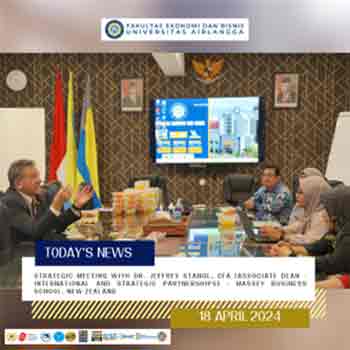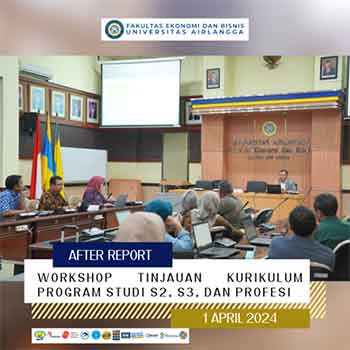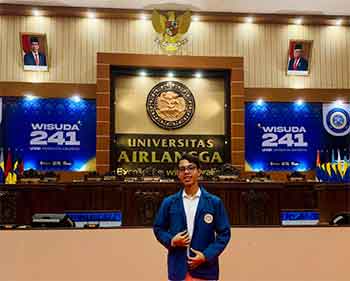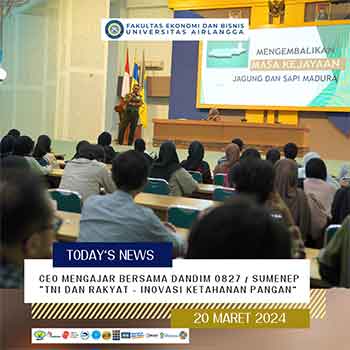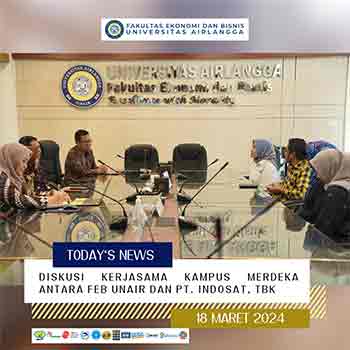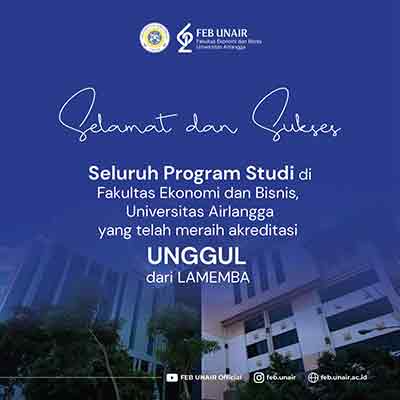ANALYSIS OF FUND COLLECTION AND CREDIT DISTRIBUTION AT THE PEOPLE'S CREDIT BANK IN THE ERA OF REGIONAL AUTONOMY IN SIDOARJO REGENCY
Amount: ANALYSIS OF FUND COLLECTION AND CREDIT DISTRIBUTION AT THE PEOPLE'S CREDIT BANK IN THE ERA OF REGIONAL AUTONOMY IN SIDOARJO REGENCY
Authors: PROFIT SANTOSO
Item Type: Thesis
Memberships: Master of Management Study Program, Faculty of Economics and Business Universitas Airlangga Surabaya, Indonesia
Publisher: Airlangga University
Abstract
Since the enactment of the policy package on October 27, 1988 or Pakto "88, it has brought about changes in the overall banking structure of Indonesia, including in East Java Province. The direct impact of this policy is the increase in the number of bank offices, both commercial banks and Rural Banks (BPR). The increase in the bank office network in East Java Province has encouraged an increase in the volume of bank business, the collection of public funds and the distribution of credit by commercial banks and rural banks. When viewed by district in East Java Province, the banking sector in Sidoarjo Regency showed stable growth and in May 2002, public fundraising was fourth, and lending was second after Surabaya. In line with Law no. 22 of 1999 concerning Regional Government, the existence of BPR has a strategic role to encourage regional economic activities. The analysis of differences in fund collection and credit distribution at BPRs in Sidoarjo Regency is expected to provide input to both the Regional Government and supervisory institutions and bank supervisors in order to establish policies that support the optimization of the role of BPRs in the regional economy. This study uses a quantitative approach and is supported by qualitative analysis. The data used is ratio data and is a cross section data position in June 2002, while the variables used in this study consist of two variables, both of which are independent variables, namely the amount of public fund collection (savings and time deposits) and the amount of credit disbursement of BPR-BPR. with healthy financial performance which is divided into three regional categories, namely sub-districts with more, moderate and less economic potential. The design of data analysis used the Analysys Of Varian (ANOVA) or F test statistical model, and the supporting analysis was carried out using a regression model based on the data series on the amount of fund raising and lending for thirteen months. From the results of research on data collection of funds and credit distribution, it is known that the calculated F test is smaller than the table F test, so that statistically there is no significant difference in both the amount of fund collection and the amount of credit disbursement of BPR-BPR with "healthy" performance in the sub-districts. with more, moderate and less economic potential. The largest portion of credit distribution was distributed in other sub-districts (outside the BPR location but still in Sidoarjo Regency) at 34,23%, followed by other districts 26,44%, in Surabaya City 21,27% and the smallest in the local sub-district (BPR location). ) 18,00%. The correlation between fundraising and lending to the BPRs studied shows a significant correlation. The existence of BPRs in Sidoarjo Regency in general has been able to support the economy of Sidoarjo Regency, but has not maximally supported the economy at the sub-district level where each BPR is located. Then as an intermediary institution as a whole has also been able to carry out its functions optimally, although not always BPRs located in sub-districts with more potential will be better than BPRs in sub-districts with moderate and less economic potential. To maximize support for the implementation of regional autonomy, it is necessary to appeal to investors or local government initiatives to open new BPRs in several sub-districts where there are currently no BPRs.
Keywords: Saving deposit and credit, Sidoarjo regency, rural banking, intermediation function and to enforce district economy.
sources: http://repository.unair.ac.id/35520/






